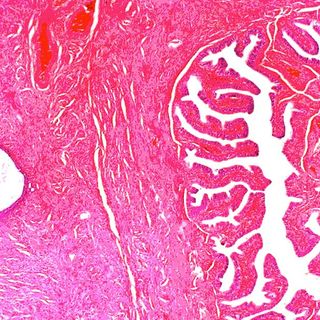A new report by health care industry leaders is challenging government statistics on India’s breast cancer rate, saying they “underestimate” the burden of the most common cancer for women.
Per its latest figures, the Ministry of Health and Family Welfare has stated that the incidence of breast cancer in India is 25.8 per 100,000 women and is expected to rise to 35 per 100,000 by 2026. This is one of the lowest rates of breast cancer in the world.
However, “this number could be an underestimate, as at present, only 15% of the population is covered by cancer registries. As per interviews with key stakeholders, there could be an under-reporting of nearly 50-100% varying with every state,” concluded the new report, authored by a coalition including the Confederation of Indian Industry, the Indian Council of Medical Research (ICMR)-National Institute of Cancer Prevention And Research (NICPR), and the international pharmaceutical company, Novartis International AG.
Cultural attitudes that deprioritize women’s health make women dependent on others in order to seek medical help, and stigmatize as taboo discussion of private parts (even with a doctor), may be behind the under-reporting.
Clarity on the current rate will become all the more important, given that the government is right about one thing: an increase in breast cancer incidence is expected in the near future. This may be partially driven by high-fat diets, rising obesity rates, delayed childbearing, and low breastfeeding rates, said Dr Ravi Mehrotra, director of the National Institute of Cancer Prevention and Research, one of the new report’s partners.
But also, younger women will be disproportionately affected, the industry report suggests; Indian breast cancer patients, with an average age of diagnosis of 46.2 years, are younger than the global norm. “…We still don’t know fully why [younger] women are reporting such a high rate of breast cancer,” Dr Mehrotra added.
What doctors, industry and scientists do know is that the fallout could be profound, given that India already has one of the highest mortality rates from breast cancer in the world. This is closely linked to the problem of under-reporting – screening programs that would likely contribute to more accurate breast cancer statistics would also help women get the care they need earlier in the disease’s progression, thus improving their chances of survival.
As it is now, in a majority of cases in India, breast cancer is detected only when women either have a lump or discharge from the breast. Almost 50% of breast cancer patients first visit the doctor when in stage 3; 15-20% of patients first visit when they are in stage 4. For this reason, the rate of survival of breast cancer in India is 66%, when in the US, where women are typically diagnosed at earlier stages, it is between 83% and 90%.
The industry report recommended linking cancer registries to the breast cancer screening programmes, and the development of a nationwide network of breast cancer centres, to give doctors and as well as cancer researchers the information they need to better combat the disease.
But the solution isn’t just large-scale. Change at the individual, doctor-patient level could go far, too; from a survey of 1,099 women across the country conducted by The Swaddle earlier this year, 72% of women said their gynecologist never mentioned breast cancer screening to them, or mentioned it only in passing.
“Things are looking up,” says Dr Mehrotra, of efforts to combat breast cancer in India. “But we have a long way to go. We still have a long way to go before we solve the many riddles.”
Related:




